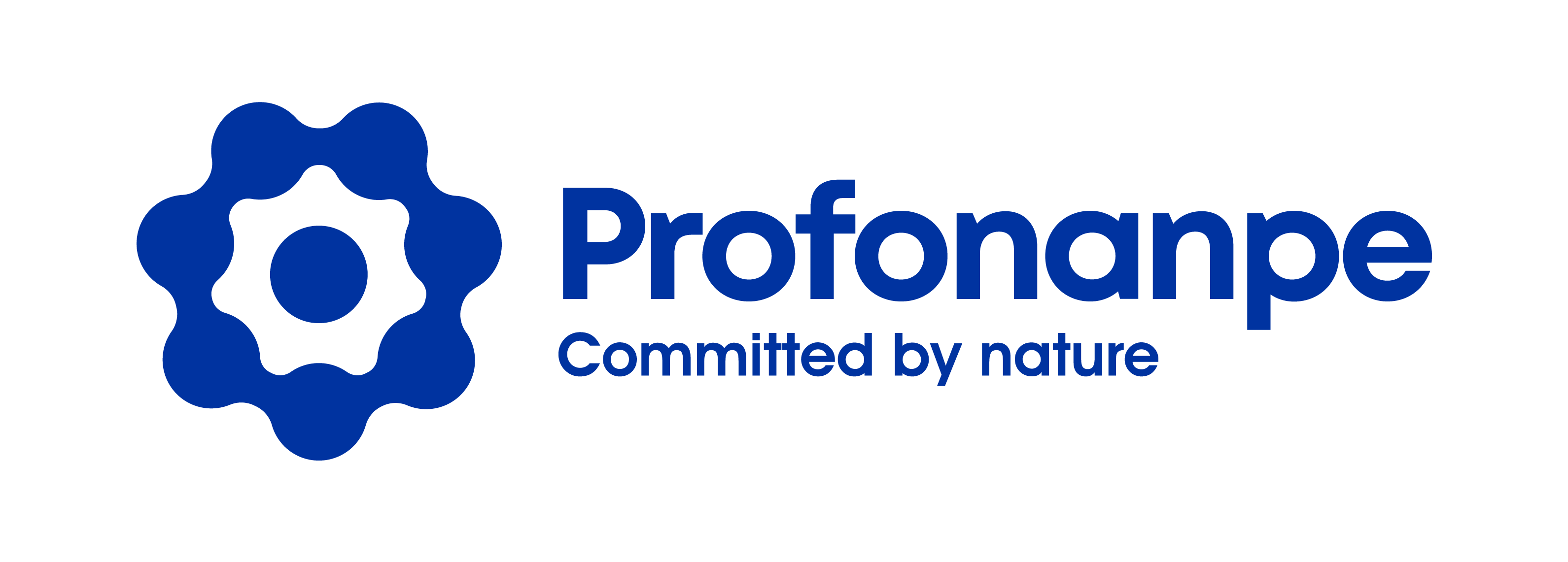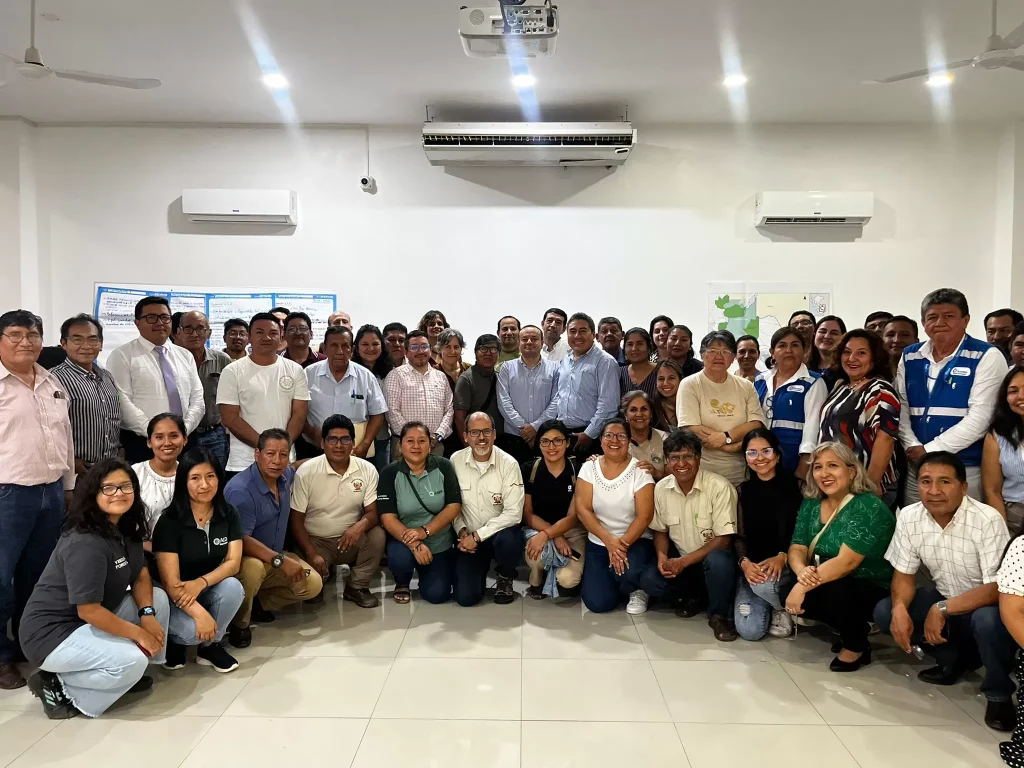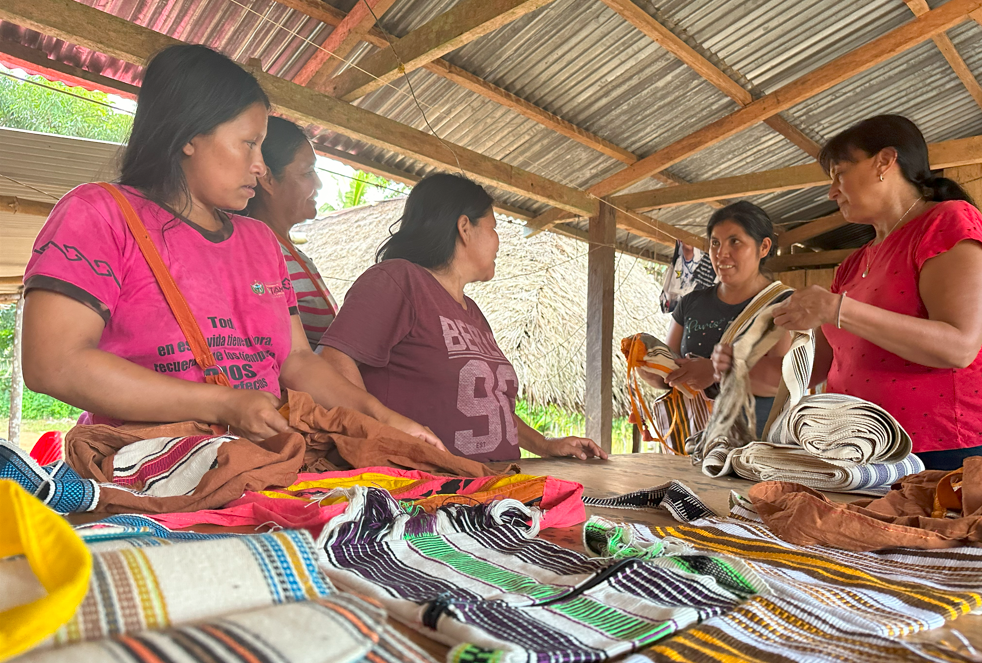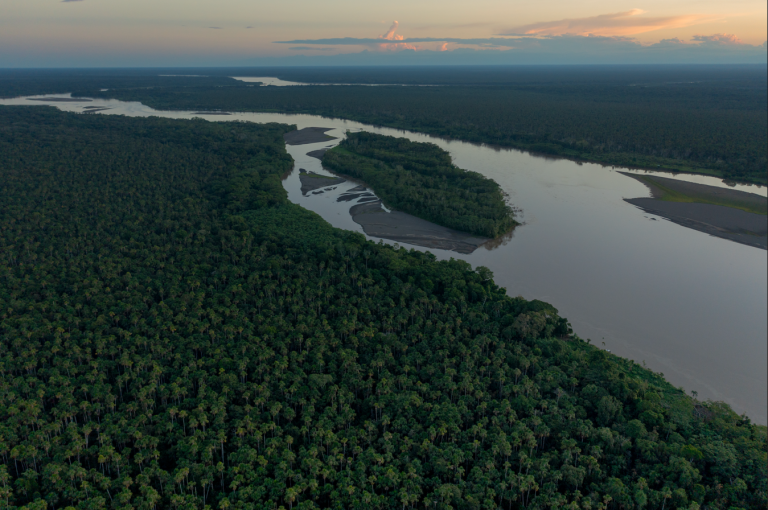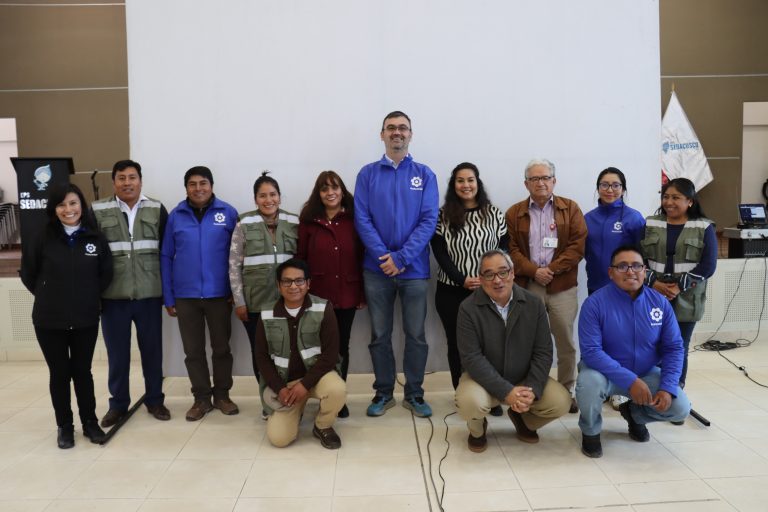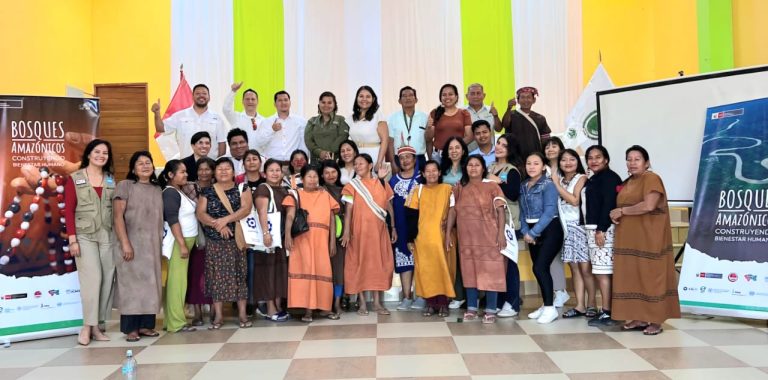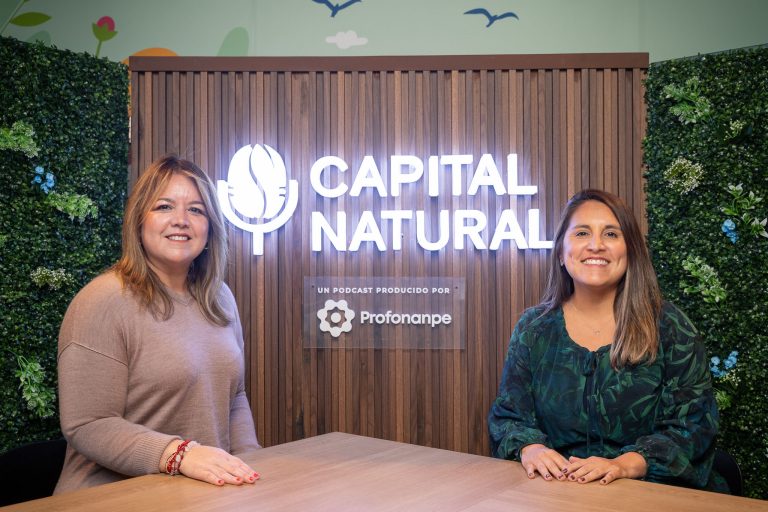Photo: WWF / Minam
This initiative is part of the third phase of the Amazon Sustainable Landscapes (ASL) Program, which aims to address key challenges such as deforestation, biodiversity loss and climate change.
The project, which covers an intervention area of more than 4.7 million hectares in Madre de Dios, prioritizes the protection of five Natural Protected Areas (NPAs), including Alto Purús National Park, Amarakaeri Communal Reserve, Tambopata National Reserve, Manu National Park, Bahuaja Sonene National Park, and their buffer zones. It also seeks to strengthen ecological connectivity and mitigate carbon emissions in this region known as the “Biodiversity Capital of Peru”.
Key project strategies
The project will generate a transformational impact through an integrated landscape management approach. To this end, it adopts a collaborative, multi-sector, multi-level model based on four interconnected strategies:
- Development and strengthening of enabling policy conditions, governance, and institutional capacities for territorial planning, and monitoring and control of deforestation.
- The promotion of sustainable production practices in key habitats of standing forests and buffer zones of Natural Protected Areas, and bio-businesses such as ecotourism, agroforestry, fish farming and palm fruits, as an alternative for sustainable development in the landscape, and to facilitate adaptation to climate change by local communities and indigenous peoples.
- The implementation of actions for the conservation of biodiversity and biological connectivity and the restoration of key ecosystems, contributing to carbon sequestration and the development of ecosystem resilience, and helping to mitigate the impacts of climate change in Madre de Dios.
- Knowledge management, promoting the generation of strategic information for decision making and collaboration between local and national stakeholders.
A model of sustainability and participation
The landscape includes a robust network of Protected Natural Areas (PNAs), indigenous territories and forest resource-based economies, and is noted for possessing one of the largest intact and connected tropical forest biomes in the Peruvian Amazon, offering an exceptional opportunity for long-term conservation of its global environmental values.
The project formulation and validation process were developed in a participatory manner between August 2023 and December 2024, with the involvement of the various landscape stakeholders, considering gender, intercultural and intergenerational approaches. The project also has an Environmental and Social Management Framework, a Gender Plan, a Safety Protocol, and a Stakeholder Involvement Plan.
Learn more about these documents: STAKEHOLDER INVOLVEMENT PLAN and the ENVIRONMENTAL AND SOCIAL MANAGEMENT FRAMEWORK (ESMF).
With a five-year implementation horizon, this initiative is projected as a transformative model for conservation and development in the Peruvian Amazon.

